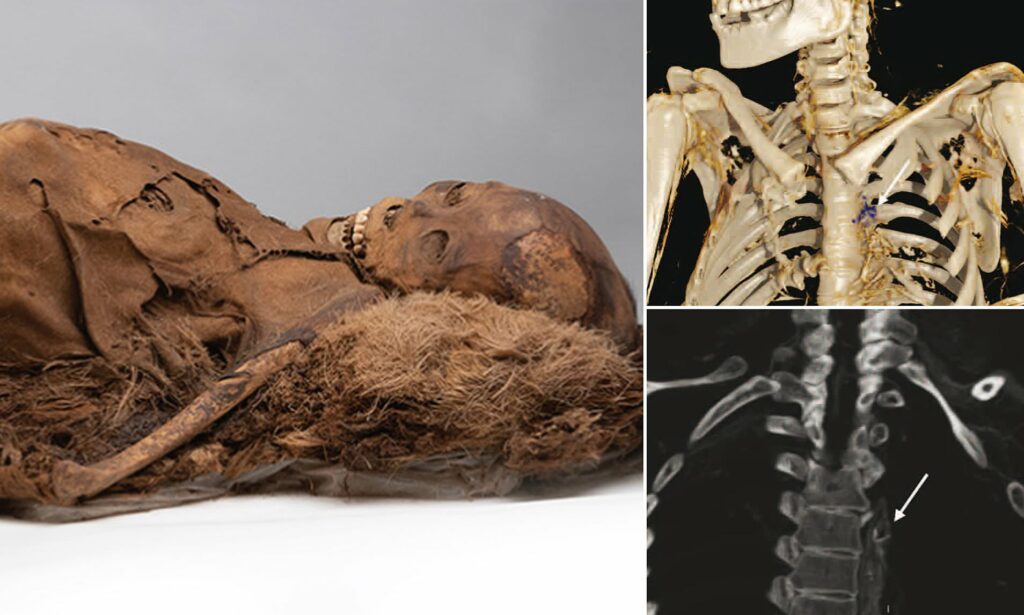Atherosclerosis, the buildup of fatty deposits and plaque in the arteries, is a leading cause of death in the modern world. While often associated with sedentary lifestyles and unhealthy diets, evidence of this condition has been found in human remains dating back thousands of years. Surprisingly, a recent study has revealed that even ancient populations with diets rich in omega-3 fatty acids were not immune to the development of clogged arteries.
In this blog post, we’ll explore the fascinating findings from a study of ancient Inuit mummies, which have challenged our understanding of the relationship between diet, lifestyle, and the progression of atherosclerosis throughout human history.
Uncovering Ancient Clues: Scans of Inuit Mummies
Researchers from Ascension Healthcare in Milwaukee, led by cardiologist L. Samuel Wann, have made a surprising discovery about the health of ancient Inuit populations. By studying the remarkably well-preserved mummies of Inuits from 16th-century Greenland, the team was able to gain unprecedented insights into the cardiovascular health of these ancient hunter-gatherers.
Using advanced CT scans, the researchers examined the insides of four Inuit mummies found on the island of Uunartaq off the coast of Greenland. To their surprise, three out of the four mummies showed clear evidence of calcified plaque buildup in their arteries, indicating the presence of atherosclerosis.
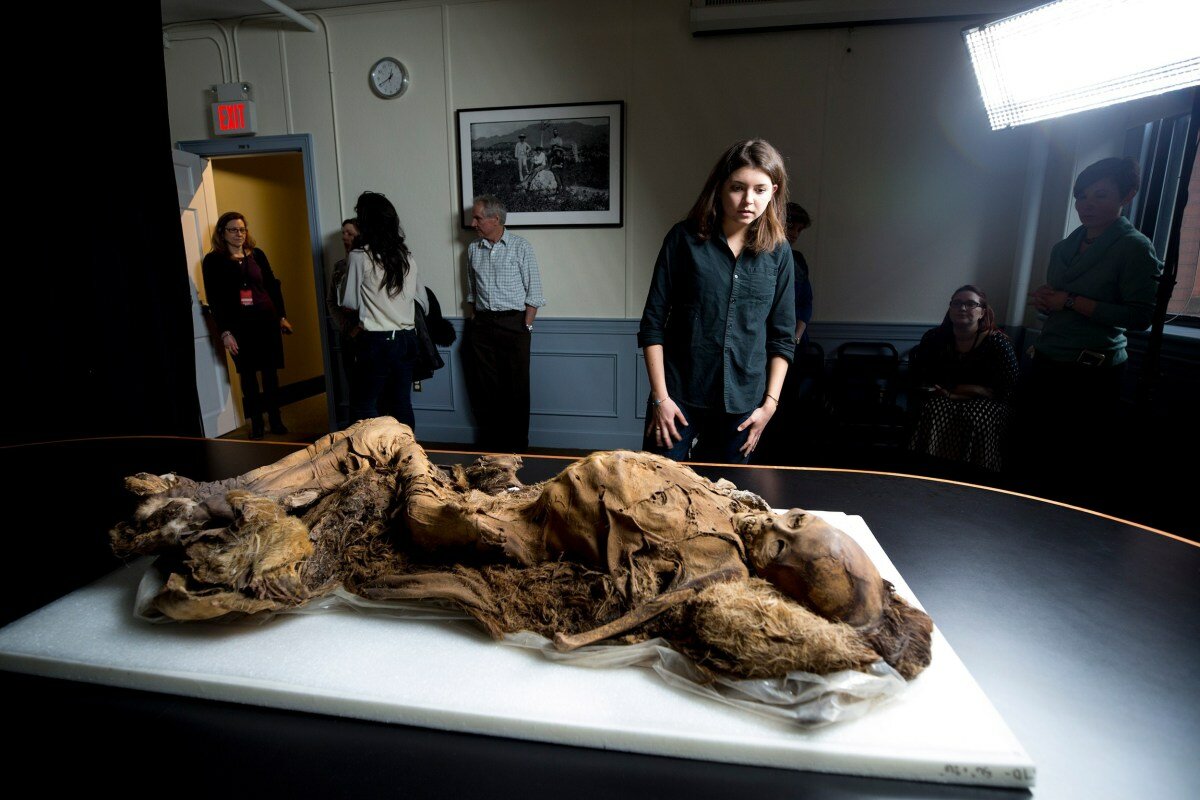
The Mystery of Omega-3s and Heart Health
This discovery was particularly puzzling because the traditional Inuit diet was rich in omega-3 fatty acids, primarily from marine sources such as fish, seals, and whales. Omega-3s have long been praised for their potential to protect against plaque buildup and improve cardiovascular health, making the presence of atherosclerosis in these ancient Inuit mummies a surprising and unexpected finding.
Omega-3 fatty acids are believed to have anti-inflammatory properties and the ability to improve cholesterol profiles, which is why they are often recommended as a dietary staple for heart health. The Inuit’s subsistence lifestyle and omega-3-heavy diet was previously thought to provide natural protection against cardiovascular disease. However, the evidence found in these mummies suggests that the relationship between omega-3 consumption and heart health may be more complex than previously believed.
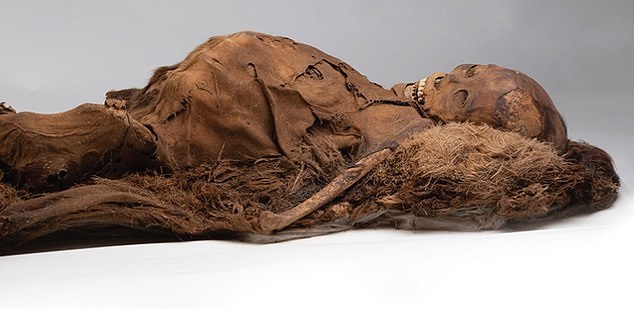
Challenging Assumptions and Driving New Research
The discovery of atherosclerosis in these ancient Inuit mummies has left researchers puzzled and has challenged some of the long-held assumptions about the role of diet in the development of this condition. The presence of calcified plaque in the mummies’ arteries indicates that other factors, beyond just diet, likely play a significant role in the progression of atherosclerosis.
As L. Samuel Wann, the lead researcher on the study, explains, “This discovery has really made us rethink what we know about the relationship between diet, lifestyle, and cardiovascular health. It’s clear that the causes of atherosclerosis are much more complex than we previously believed.”
Exploring the Multifaceted Factors of Atherosclerosis
While the researchers were surprised by these findings, they caution that the complex nature of atherosclerosis makes it difficult to determine the exact impact of factors like diet. Other environmental influences, such as exposure to smoke from indoor fires, may have also played a role in the development of this condition in the ancient Inuit population.
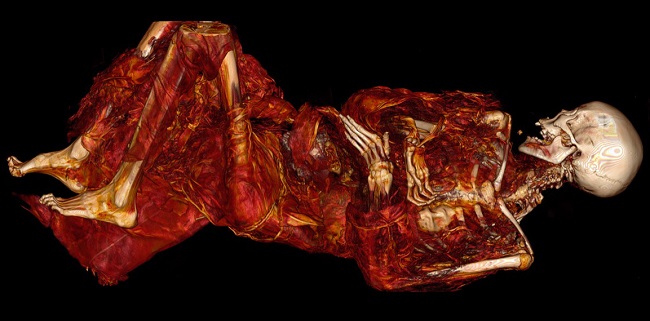
The study of these well-preserved mummies provides a unique window into the past, challenging our assumptions and driving new lines of inquiry into the drivers of cardiovascular disease. As researchers continue to study these ancient remains, they hope to uncover more clues about the complex factors that contribute to the development of atherosclerosis throughout human history.
The Continued Value of Archaeological Research
The discovery of atherosclerosis in these omega-3-rich Inuit mummies highlights the continued value of archaeological research in expanding our understanding of health and disease. By studying the remains of ancient populations, researchers can gain valuable insights into the evolution of various medical conditions and the complex interplay of environmental, dietary, and lifestyle factors that contribute to their development.
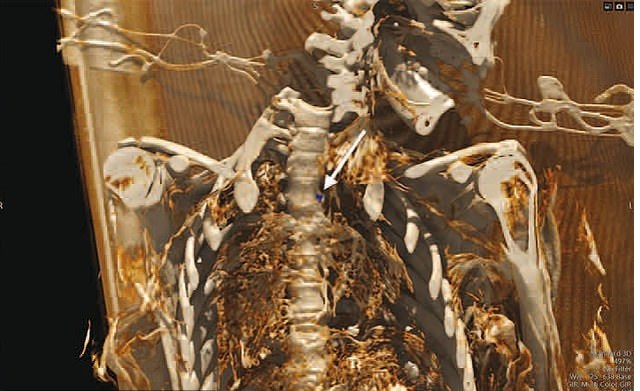
As L. Samuel Wann notes, “The study of these ancient mummies has provided us with a unique opportunity to better understand the origins and progression of atherosclerosis. By exploring the health of our ancestors, we can uncover new clues that may help us address this widespread condition in the modern world.”
Conclusion
The findings from the study of ancient Inuit mummies have challenged our understanding of the relationship between diet, lifestyle, and the development of atherosclerosis. Despite their omega-3-rich diet and active, subsistence-based lifestyle, these ancient hunter-gatherers were not immune to the buildup of fatty deposits and plaque in their arteries.
This discovery highlights the complex and multifaceted nature of cardiovascular disease, and it underscores the continued importance of archaeological research in expanding our knowledge of health and disease throughout human history. As researchers continue to study these ancient remains, they hope to uncover more clues that will help us better understand and address the ongoing challenge of atherosclerosis in the modern world.

